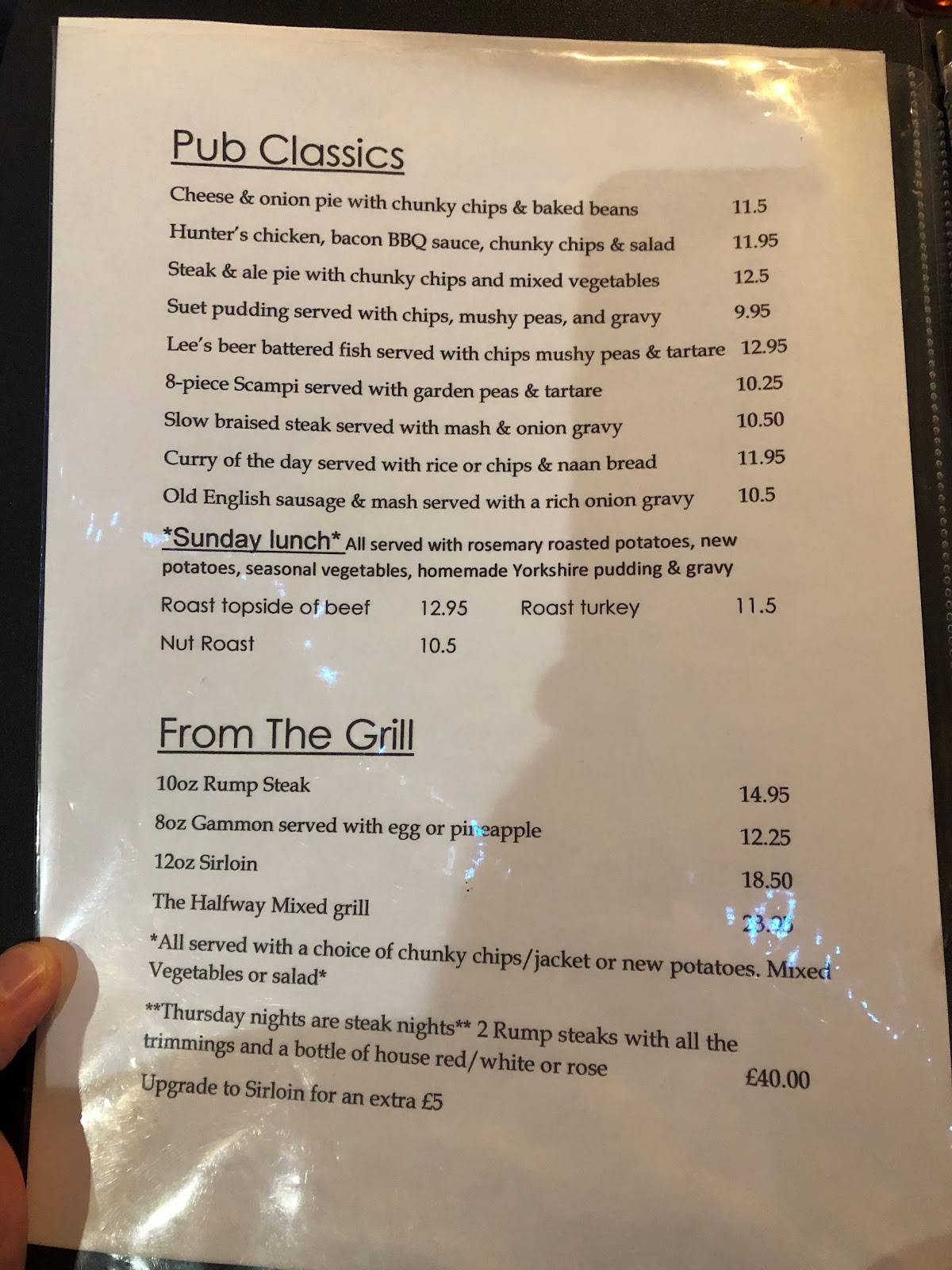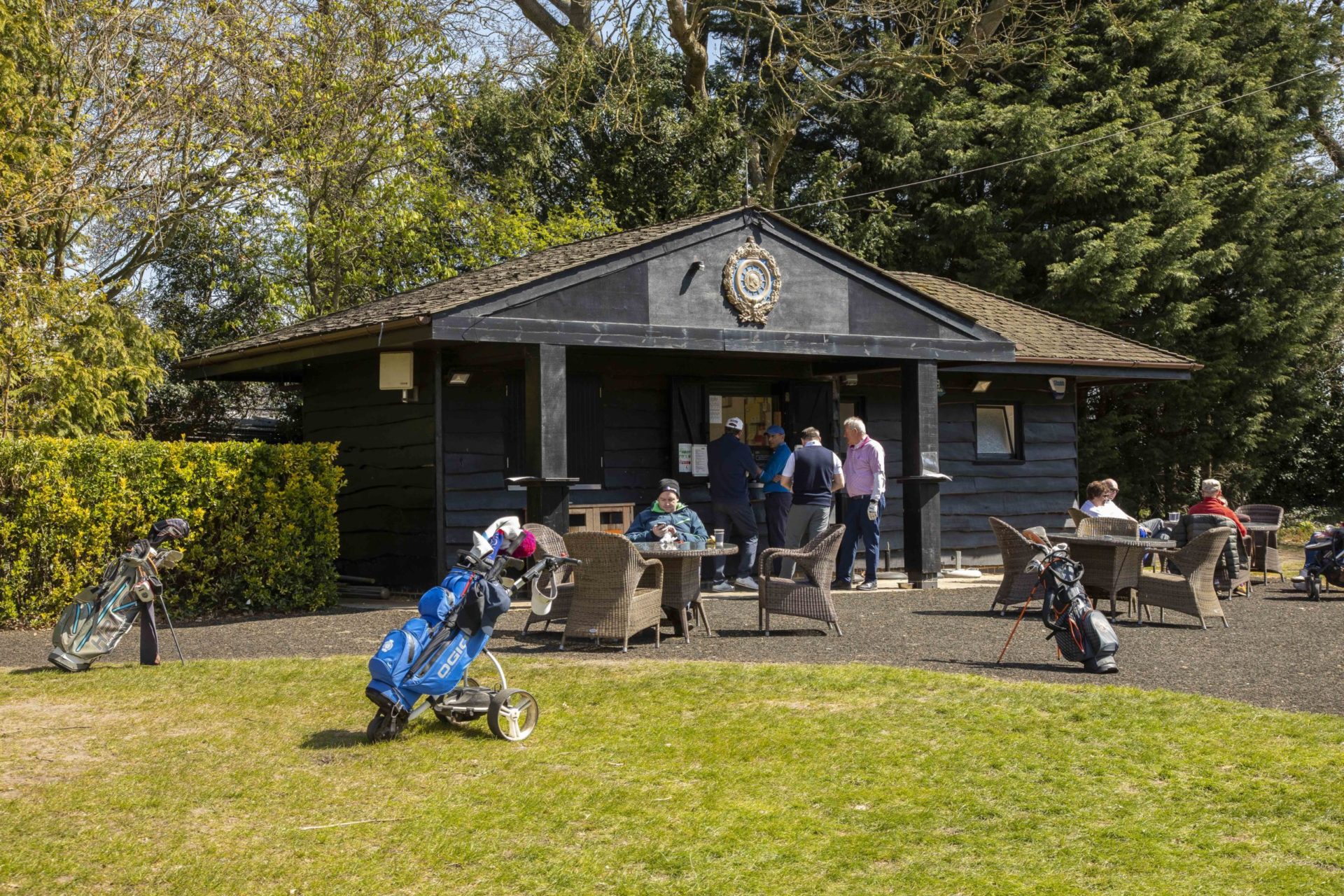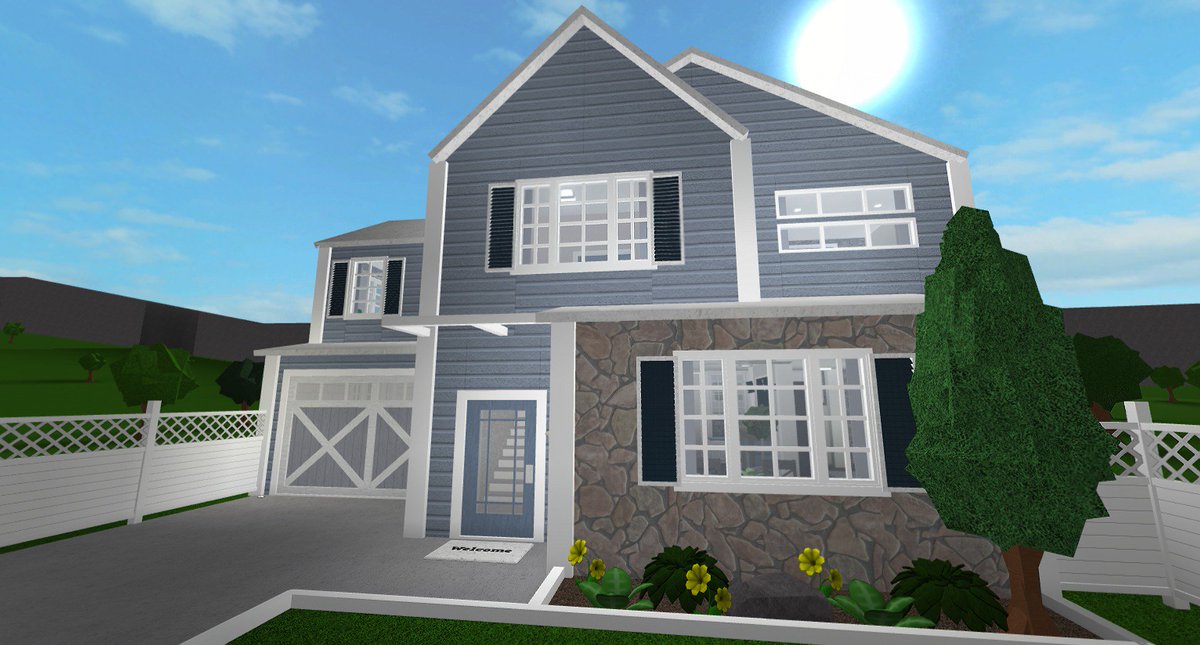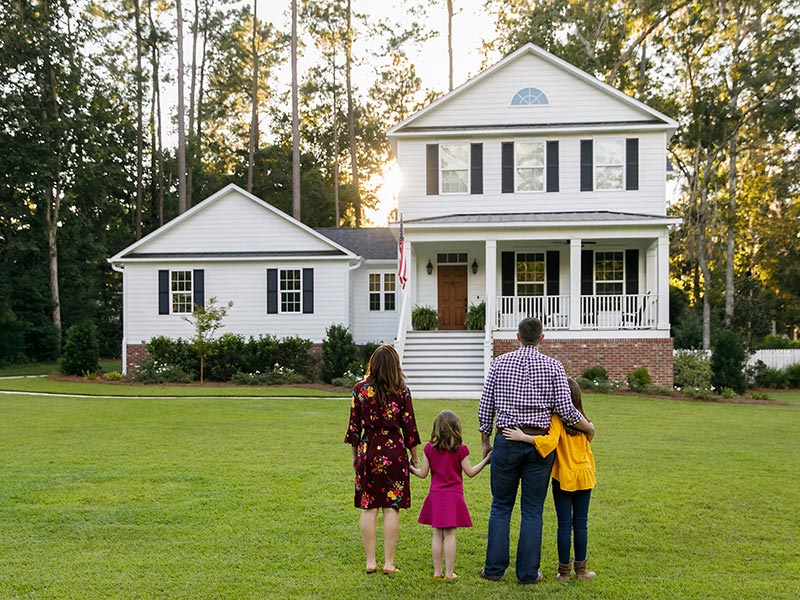Table Of Content

Staff cannot, therefore, automatically deny an inmate’s request for transfer to a RRC. Rather, inmate requests for RRC placement must receive individualized consideration. In other words, staff cannot say that an inmate, whatever the circumstances, is automatically ineligible for transfer to a RRC. Rather, staff must first review the inmate’s request on its individual merits, in accordance with policy, as explained in this guidance. To instill routine and responsibility, structured schedules create a sense of mental and behavioral discipline. View the treatment centers we work actively with, and choose the one that provides the best solution for you.
Alternatives to Halfway Houses
However, without adequate funding and resources, halfway houses may struggle to provide the necessary staff training and community engagement programs that are critical for successful outcomes. A sober living facility is usually affiliated with a specific addiction treatment center. They serve as a stepping stone for people who are past inpatient treatment but still need other treatment programs for recovery. In general, sober living houses tend to offer more privacy and comfort than halfway houses. A halfway house, also known as a “sober living house” in some states, is a transitional living facility for those in recovery from drugs or alcohol. Some people go to a halfway house after leaving a long-term addiction treatment center, prison or a homeless situation, while others go to be in a sober living environment as they begin their journey to recovery.
Orange County convicted killer who ditched halfway house is rearrested in Mexico - Los Angeles Times
Orange County convicted killer who ditched halfway house is rearrested in Mexico.
Posted: Thu, 28 Mar 2024 07:00:00 GMT [source]
Are Halfway Houses the Same as a Residential Treatment Facility?
With these measures in place, halfway houses can become effective transitional living arrangements that prioritize safety while supporting successful rehabilitation efforts. Sober living is just like it sounds, a place to stay where you'll have a supportive community and can start your new life free from alcohol or other drugs. Residents in sober-living homes commit to abstaining from substance use while participating in outpatient programming or after completing inpatient drug rehab. Typically, residents of halfway houses may be expected to fulfill house requirements by attending an outpatient treatment program, such as group therapy or 12-step program meetings. Visiting hours at federal halfway houses are usually between 9 AM and 5 PM from Monday through Friday and longer on the weekends.
What Happens When Someone Completes a Program at a Halfway House?
This may include job training or assistance with finding employment, as well as support for educational pursuits such as GED preparation or college courses. Many people transition into sober living after finishing a residential program to continue their recovery journey in an outpatient setting. Licensing requirements for a halfway house may include safety regulations, staffing requirements, and standards for care and treatment. Sober living homes may or may not be accredited or licensed through a state, local, or national agency. There are many mistakes that can be made during this time, so sober living facilities exist to surround residents with peers who can offer help and support as fellow travelers.
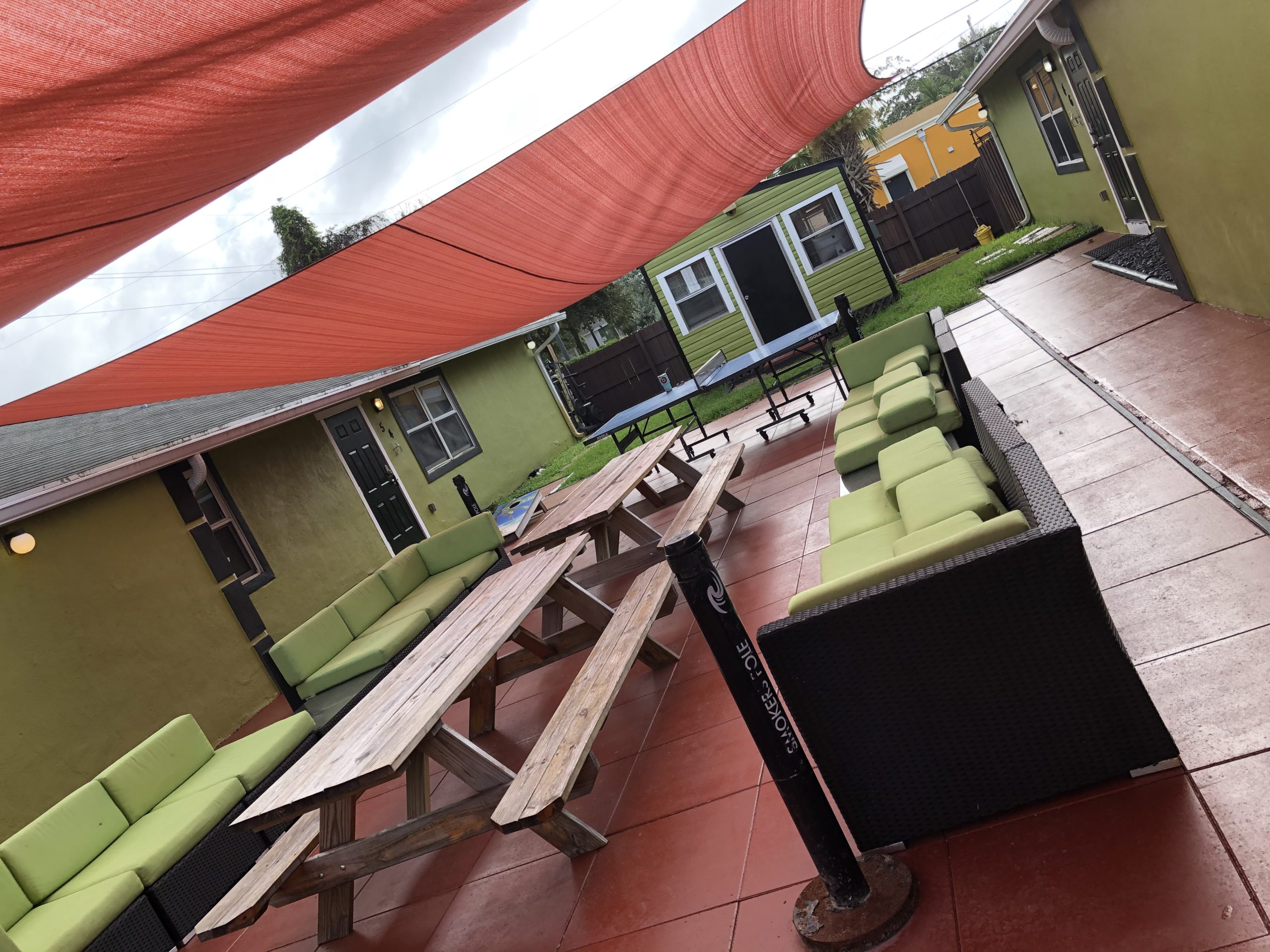
Our free email newsletter offers guidance from top addiction specialists, inspiring sobriety stories, and practical recovery tips to help you or a loved one keep coming back and staying sober. Jessica graduated from the University of South Florida (USF) with an English degree and combines her writing expertise and passion for helping others to deliver reliable information to those impacted by addiction. Informed by her personal journey to recovery and support of loved ones in sobriety, Jessica's empathetic and authentic approach resonates deeply with the Addiction Help community. Halfway houses are usually residential settings that resemble dormitories. On the other hand, Sober homes offer more privacy to the people staying there. In one model, upon admission, a patient is classified as to the type of disability, ability to reintegrate into society, and expected time frame for doing so.
Are Halfway Houses and Sober Living Homes the Same Thing?
Halfway houses, as transitional housing programs for individuals recently released from incarceration or treatment facilities, play an important role in supporting successful reentry into society. Another essential benefit of halfway houses is their success rates in increasing employment opportunities for their residents. These facilities provide vocational training and job placement services, helping former inmates acquire marketable skills and find gainful employment upon release. The positive impact on employment outcomes can be seen from the fact that many employers partner with halfway houses to hire residents as part of their workforce development programs.
That means TikTok being forced to sell, or face a possible ban, is on the fast-track to becoming law. On Aug. 4, 1892, Lizzie Borden's father Andrew Borden, and stepmother, Abby Borden, were slain inside the 230 Second St. house as a result of multiple hatchet blows to the head what is still an unsolved case. Pritzker ordered the U.S. and state flags to be lowered by all "person and entities" covered by the Illinois Flag Display Act until sunset on the day of interment.
Sober-living homes provide a strong support network and community to help you safely navigate the tough spots and triggers you may encounter. Courts refers to halfway houses as Residential Reentry Centers (RRC), which are managed by the Federal Bureau of Prisons. Residential Reentry Centers provide individuals with home confinement and the necessary resources to improve their lives and reconnect with their communities. They are also able to provide assistance to the pretrial services officer and probation officer in the monitoring of a person’s actions to increase compliance and decrease the number of violations before pre-release. The use of telephones and cell phones in a halfway house is stipulated in the rules of all facilities with phone service. In certain halfway houses, keeping a cell phone in possession is encouraged, while in other houses, mobile devices with cameras and internet access may be banned.
How Do You Find a Sober-Living Home?
This ambiguity means that pinning down how many people are in halfway houses each day – and how many specifically state-funded halfway houses there are – is nearly impossible. One of the primary challenges faced by nonprofit organizations operating halfway houses is securing funding for staff training. Staff members must possess specialized skills in order to effectively assist residents with their transition back into society. This includes knowledge of mental health issues, addiction recovery strategies, and legal assistance.
By statute federal prisoners may be placed on home confinement for ten percent of their sentence, or six months, whichever is less. Thus, six months represents the upper limit on the length of home confinement placement when the sentence is five years or more. When a sentence is less than five years, the maximum amount of home confinement is ten percent of the total sentence.
The time spent in a sober-living home depends on a number of factors including strength of recovery from addiction, progress on clinical milestones and the personal living situation at home. A minimum stay of three months is recommended, but many benefit from a longer stay for sustained sobriety. Although halfway houses share a lot in common with sober-living homes, there are a few key differences that set them apart. Staff may assist residents in getting a steady job through a network of local employers, private companies, local job fairs, and training seminars in resume writing and interview techniques. A communal phone for residents may be provided in halfway houses where cell phones are prohibited. Moreover, apparel that promotes offensive, sexually-oriented, racist, illegal, or narcotic activity messages are not allowed inside the halfway house.
